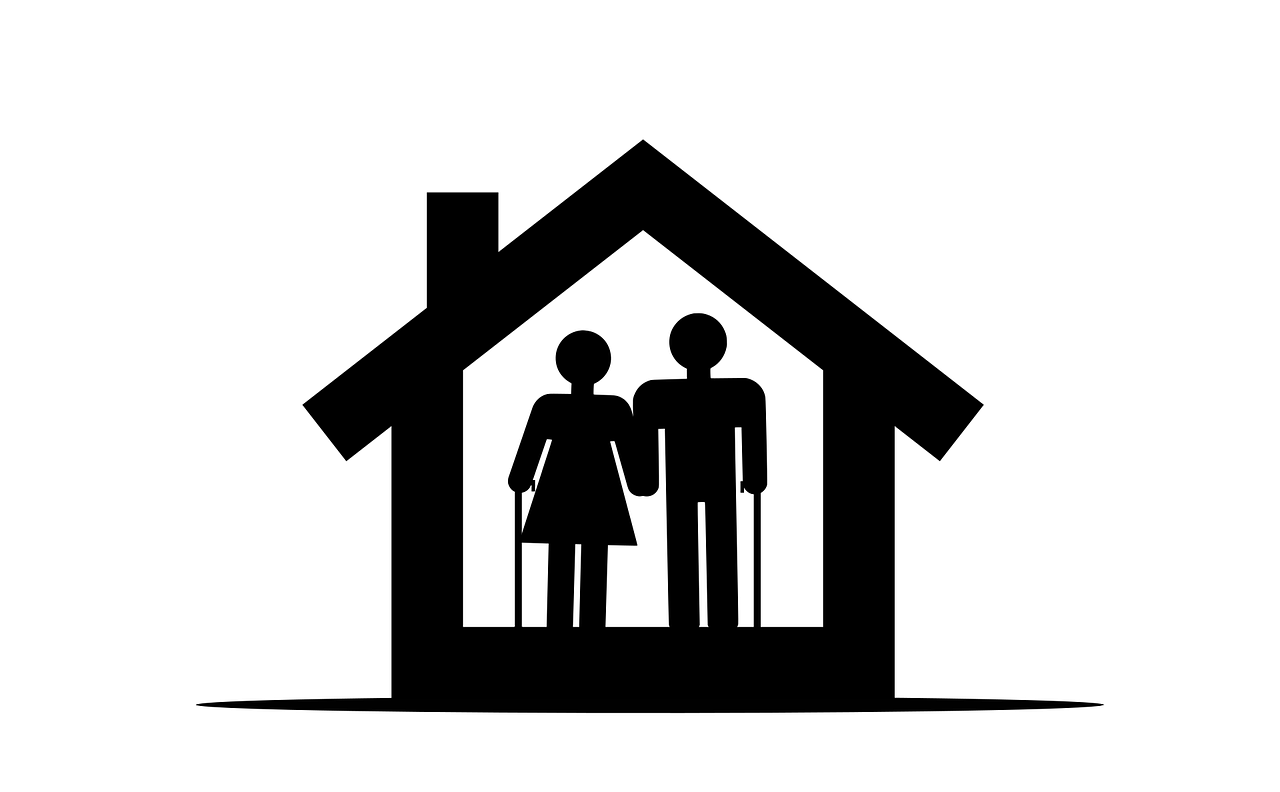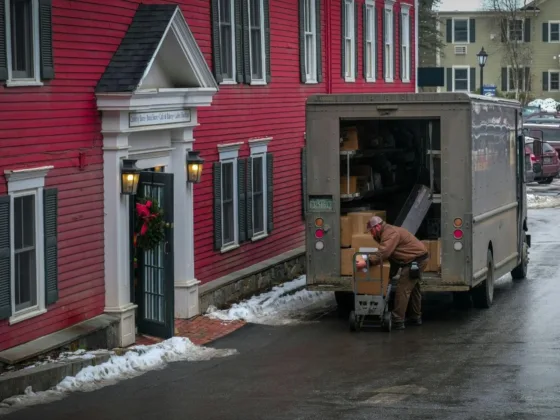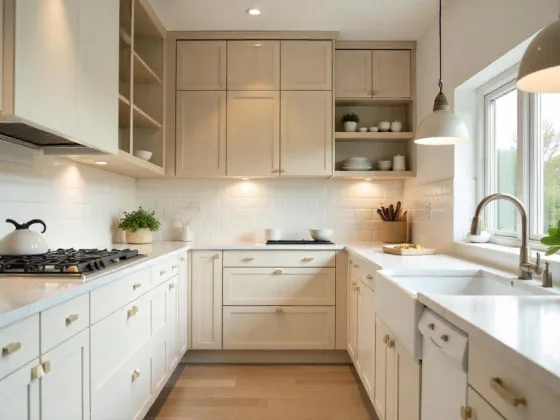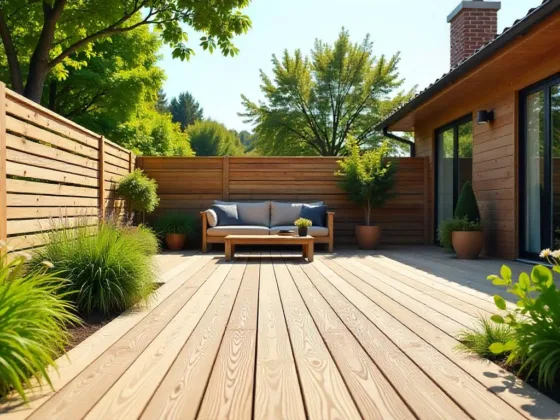As your older adult gets… well, older, you may find that they have trouble performing functions that they were once able to perform with ease.
There’s no shame in such a thing, as a certain loss of faculties is a condition of aging for most people, making them more fragile if they should fall, limiting their mobility, and impacting their cognitive processing.

There may come a time when, through a cruel twist of fate, your older adult will need to be entirely reliant on others to take care of them; and if you haven’t thought about that possibility, now might be the time to consider it.
When that happens, will you want to send them to a nursing facility? While most nursing facilities have round-the-clock care and facilities that may benefit your older adult, there’s also the growing epidemic of elder abuse to consider.
And while there are avenues to seek justice for your older adult if something untoward should happen, most would simply prefer to avoid the possibility altogether.
But if your home doesn’t have the accessibility of the facilities to take care of your older adult, nursing homes (or third-party communal care in general) may seem like the best option.
Fear not! There are actually easy, low-cost improvements that you can make to your home to make yourself a more capable caregiver, facilitating your older adult’s ability to take care of themselves as well as enabling you to step in when they cannot.
While most of these home improvements will require a low overall investment (as it’s not like you’re investing in a swim spa or anything), you should be aware that becoming your older adult’s primary caregiver can be a pricey endeavor, though still sometimes cheaper than sending them to a facility to potentially get abused.
Without further ado, here are some easy, low-cost home improvements you can make to ensure your older adult stays happy and healthy.
Make Your Home Wheelchair-Accessible
If your older adult is mobility-challenged and requires the use of a wheelchair to get around, they may need ways to get up and downstairs, as well as ways to traverse the rest of the home easily.
Therefore, you might want to consider installing a ramp that your older adult can use to go between the levels of your home.
While ramp installation is no easy matter (requiring a contractor; in fact, despite its necessity, it’s probably one of the harder ones on this list), installing a ramp can make it easy for your older adult to traverse the home themselves, making an overall positive impact on their mental health.
You may also want to widen the doorframes on most of the doors in your home, making them large enough for a wheelchair to glide through easily; nothing is worse for an older adult than when their mobility device gets stuck on things like doorframes.
Read Also:
Fall-Proof Your Home
Some older adults are highly susceptible to falling, causing serious damage on the way down; you should take that into account as their primary caregiver and endeavor to remove any potential hazards that may cause them to fall.
Put buffers on all the sharp corners in your home, so if your older adult does fall, they will suffer minimum damage, and install handles in areas like the shower where they are more likely to slip.
You might also want to consider replacing your flooring, choosing a slip-resistant material like vinyl or linoleum instead of plain hardwood or stone floors. Carpet may also provide a slip-resistant cushion if replacing your floor turns out to be too expensive.
Your renovations should be geared towards the specific challenges of your older adult, as well as anticipating problems that may arise later.
The more you prepare now, the less trouble you will have as their primary caregiver and the higher quality care you can provide them… Consider new ways to bring easy mobility into your home: can you install a chair-lift or an elevator? Do you have ways for your older adult to navigate the home easily?
By following these simple guidelines and starting with many of the renovations listed here, you may find that you are able to provide the same level of care and service as a stranger in a nursing home, only with all the love of a family member instead.










